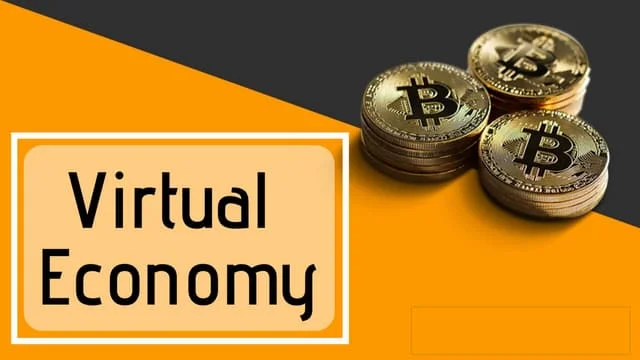Virtual Economies: Real Money in Digital Game Worlds
In recent years, the concept of virtual economies has grown increasingly complex and influential. These digital marketplaces, embedded within online games, are more than mere playthings; they represent a burgeoning sector where real money interacts with virtual currencies, items, and services.
Virtual economies thrive in a multitude of game genres, from massively multiplayer online role-playing games (MMORPGs) to collectible card games and battle royale experiences. At their core, these economies are structured around in-game currencies and assets that players can trade, buy, or sell. The economic models underpinning these games mirror real-world principles, including supply and demand, inflation, and market speculation.
One of the most notable aspects of virtual economies is the phenomenon of in-game currency exchanges for real money. Games like “World of Warcraft” and “EVE Online” have developed intricate economies where players can buy and sell virtual goods for real-world cash. The value of these virtual items often mirrors their utility and rarity within the game, much like commodities in the real world. For example, rare items or powerful equipment may command higher prices, leading to a dynamic market where players invest real money to enhance their gaming experience.
Moreover, some games have introduced player-driven marketplaces where users can trade items and currency directly. “Second Life,” for instance, offers a robust virtual economy where players create, buy, and sell goods and services, and transactions are facilitated through the platform’s currency, the Linden Dollar. This economy has real-world implications as users can convert Linden Dollars into US dollars, bridging the gap between digital and physical economies.
Virtual economies also bring to light issues related to regulation and ethics. The trade of virtual items for real money can sometimes lead to disputes over the ownership and value of these items. Additionally, there are concerns about the potential for exploitative practices, such as gambling or black market trading, which can negatively impact players and disrupt the virtual marketplace’s integrity.
Despite these challenges, the growth of virtual economies represents a fascinating intersection between technology, gaming, and finance. As digital worlds continue to evolve and expand, the interplay between virtual and real-world economies will likely become even more intertwined. Understanding this complex relationship is crucial for developers, players, and regulators alike, as they navigate the evolving landscape of virtual and real money interactions.
In essence, virtual economies are a testament to the growing significance of digital environments in our financial lives. They offer a glimpse into how virtual spaces can influence real-world economies and vice versa, marking an exciting frontier in both gaming and economic innovation.



